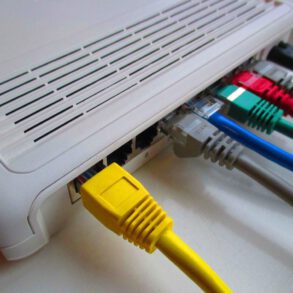The emerging field of wireless sensor networks combines sensing, computation, and communication executed with tiny devices. Through advanced mesh networking protocols, these devices can form a sea of connectivity that extends the reach of cyberspace out into the physical world. While the capabilities of any single device are minimal, the composition of hundreds of devices offers radical new technological possibilities.
Wireless sensor networks (WSN) represent an emerging set of technologies that will have profound effects across a range of medical, industrial, scientific and governmental applications. A wireless sensor network is made up of a group of sensor nodes or devices. Each device possesses the ability to monitor some aspect of its environment, and each is able to communicate its observations through other devices to a destination where data from the network is gathered and processed.
CDAC, Mohali is engaged in development of Wireless Sensors based Network and its applications. The activities are focuses for applications in healthcare and agriculture. In healthcare, the research envisages application and optimization of WSN for monitoring physiological parameters like ECG, SPO2, Pulse and Skin Temperature. WSN is also being developed and customized for Monitoring Environmental Parameters to help Agriculture sector.
The major activities are as under:
- Design and development of energy efficient Wireless Sensor Motes and Gateway
- Sensor Interfacing
- Development of Remote Monitoring System to Monitor Health of Nodes and Sensor Parameters
- Performing power management functions and energy harvesting
- Wireless body sensor networks and their optimization for applications in healthcare delivery
Key Features and Specifications of WSN Mote:
- Works on 2.4 GHz
- Point-to-point, point-to-multipoint and peer-to-peer topologies supported
- Self-routing, self-healing and fault-tolerant
- Based on Atmega128RFA1, SoC
- Zigbee-Pro/IEEE 802.15.4
- On-Chip Antenna
- -100 dBm RX Sensitivity; TX Output Power up to 3.5 dBm
- Ultra Low Power consumption (1.8 to 3.6V) for Rx/Tx :




